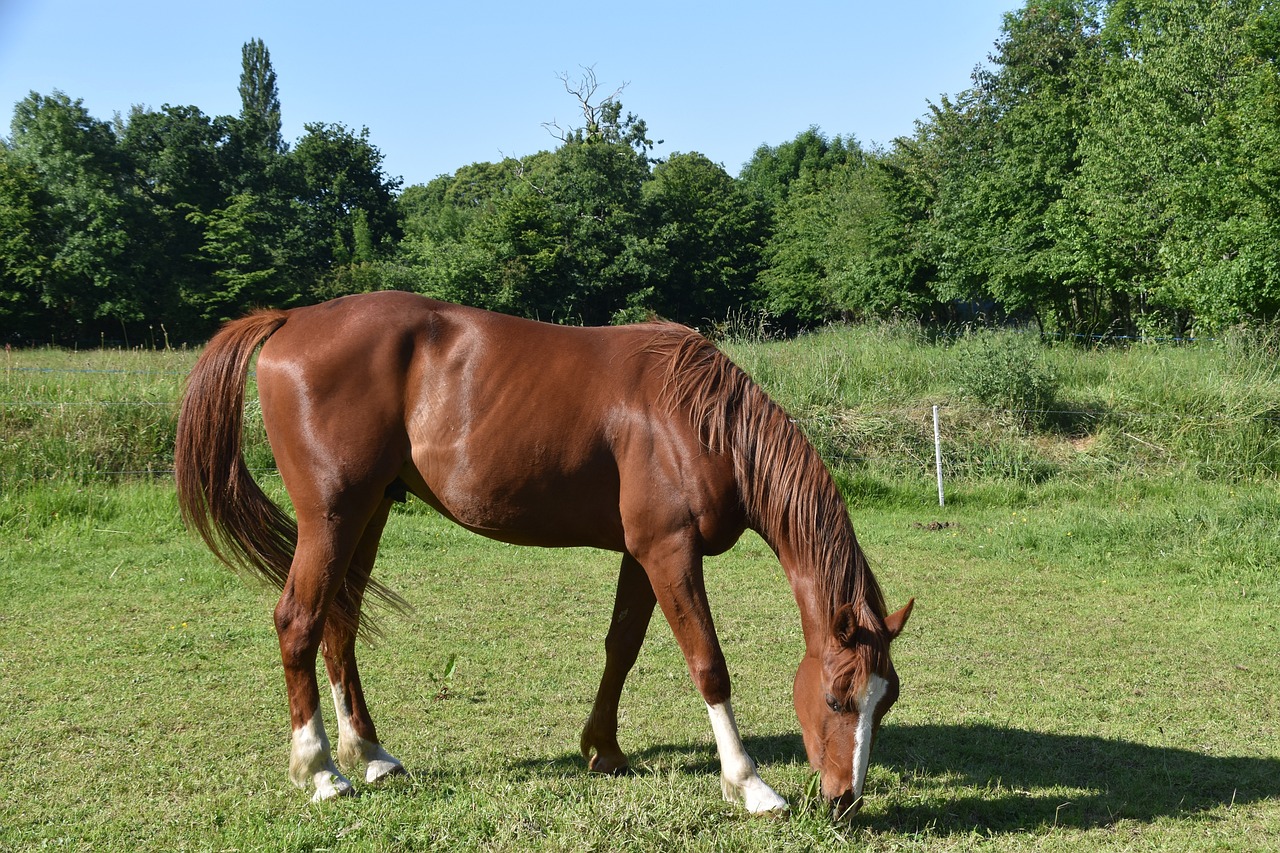While chestnut and sorrel coat colors may appear similar, there are specific nuances that set them apart. Understand the shared reddish hue, variations in shade, and the impact of sun exposure to gain a deeper appreciation for these stunning coat colors in Quarter Horses.
Differences in Coat Color
Chestnut and sorrel are common coat colors in Quarter Horses. These two colors may appear similar at first glance, but upon closer inspection, there are distinct differences that set them apart. Understanding these differences is essential for both breeders and enthusiasts of Quarter Horses.
One of the main differences between chestnut and sorrel coat colors is the shade of red or brown present in the horse's coat. Chestnut horses typically have a darker shade of red, often described as a deep mahogany or liver color. On the other hand, sorrel horses have a lighter shade of red, resembling a copper or rusty hue. This variation in shade can be attributed to the different levels of pigmentation present in the horse's hair.
Another distinguishing factor is the presence of any additional markings or patterns on the coat. Chestnut horses may exhibit variations such as flaxen manes and tails, which are lighter in color compared to the body. Sorrel horses, on the other hand, tend to have uniform coloring throughout their mane and tail, matching the shade of their body coat.
Similarities in Coat Color
The terms chestnut and sorrel are often used interchangeably due to both coat colors sharing several similarities. One of the most apparent similarities is the reddish or brownish hue that characterizes both chestnut and sorrel horses. This coloration is a result of the presence of the pigment called pheomelanin in the horse's hair.
Both chestnut and sorrel horses can display a wide range of shades within their respective color categories. This variation can be influenced by factors such as genetics, nutrition, and environmental conditions. It is not uncommon to find chestnut and sorrel horses with lighter or darker shades within their coat color.
Furthermore, both chestnut and sorrel horses can exhibit variations in coat color due to factors such as sun exposure. Prolonged exposure to sunlight can cause the coat to fade or lighten, resulting in a more washed-out appearance. Regular grooming and proper care can help maintain the vibrancy of the coat color in both chestnut and sorrel horses.
Genetic Factors Influencing Coat Color
Genetic factors play a crucial role in determining the coat color of both chestnut and sorrel Quarter Horses. Understanding these factors can assist breeders in predicting the coat color outcomes of their breeding programs.
Chestnut and sorrel are two distinct coat colors in Quarter Horses, each governed by specific genetic mechanisms. The MC1R gene, also known as the "red factor gene," is responsible for the production of pheomelanin, the pigment that gives rise to the red or brown coloration in both chestnut and sorrel horses.
In chestnut horses, the MC1R gene is expressed in a way that produces a higher concentration of pheomelanin, resulting in a darker coat color. Sorrel horses, on the other hand, have a lower concentration of pheomelanin due to variations in the MC1R gene expression, leading to a lighter coat color.
By understanding these genetic factors, breeders can make informed decisions when selecting mating pairs to achieve desired coat color outcomes. By selectively breeding horses with specific genetic traits, breeders can increase the likelihood of producing chestnut or sorrel offspring.
In conclusion, while chestnut and sorrel coat colors may appear similar, there are distinct differences that set them apart. These differences are influenced by genetic factors that determine the concentration of pheomelanin in the horse's coat. Understanding these factors can assist breeders in predicting coat color outcomes and maintaining the desired characteristics in Quarter Horses. Whether it's the rich mahogany of a chestnut or the warm copper of a sorrel, both coat colors contribute to the unique beauty and diversity of Quarter Horses.

